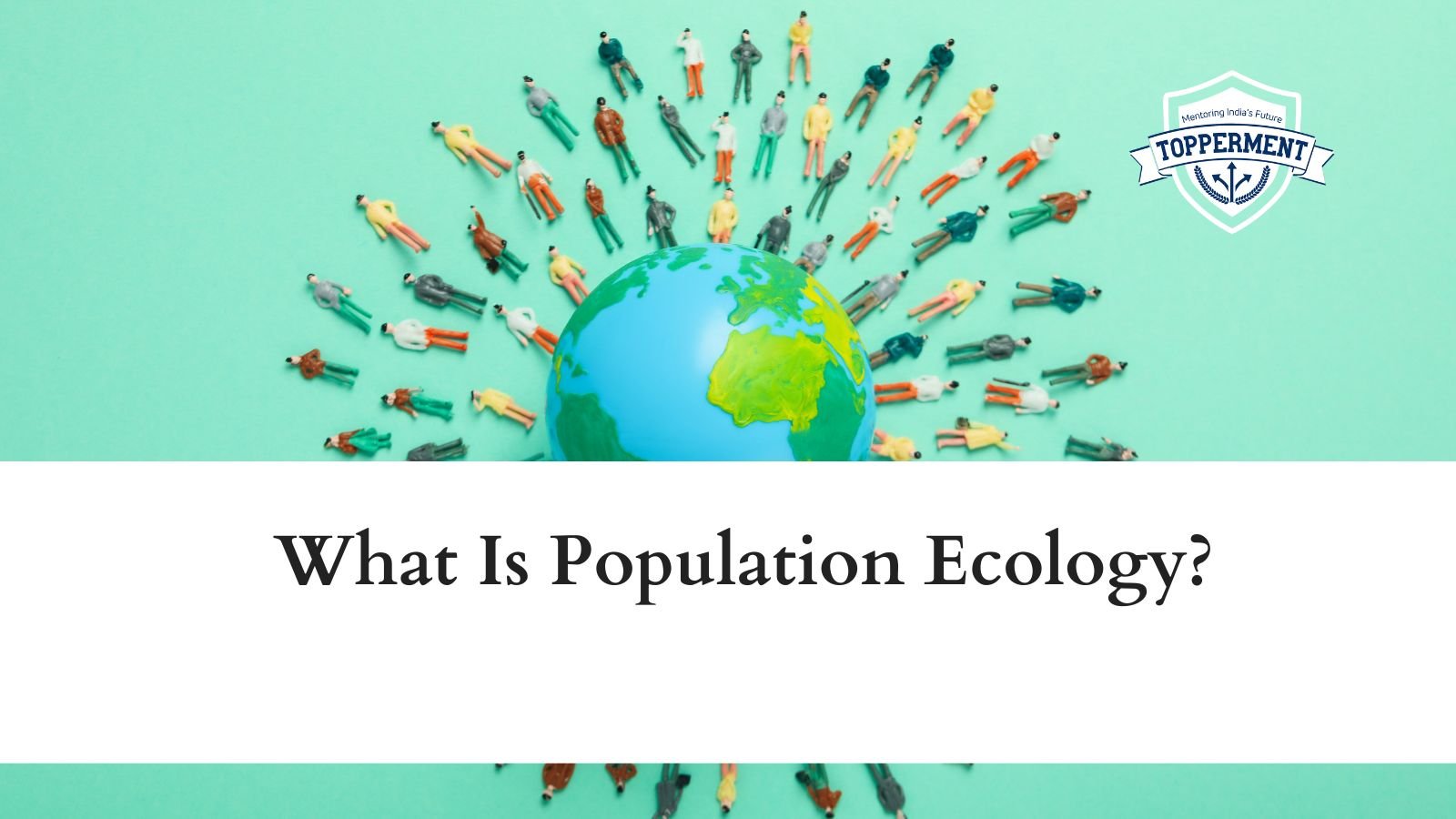Population Ecology is the subfield of ecology that deals with the dynamics of specific species populations and how these species interact with the environment like their birth, and death rates, and also includes immigration and emigration. It helps us to understand the patterns and processes of change over time or space for populations of a single species
Characteristics Of Population Ecology
- Population size which is represented by the letter N. The letter refers to the total number of individual organisms in a population.
- Population density refers to the number of individual organisms in a particular area. It is measured in terms of low-density and high-density regions.
- The population ecology has its deepest historic roots, and it is rich in development.
Human population growth serves as an important model for population ecologists in the 21st century.
The study of population ecology includes understanding, explaining, and predicting species distributions and characteristics.
It also helps us to understand how a certain species inhabit the environment. Right now, as per the latest stats it has been said that over 25% of amphibians are in serious danger of going extinct.
The Earth’s human population has doubled in less than fifty years, and with these issues, many more challenges will come in the coming future.
In simple words, Population ecology is the study of how various factors impact population growth, survival, reproduction, and risk of extinction of species
Also Read
- What Are Population Growth Models? | UPSC Economy
- Private Sector Involvement in Space Agency | UPSC Science and Technology
Follow Us For More Content On:
https://www.instagram.com/topperment/
https://www.facebook.com/TopperMent
https://www.youtube.com/@topperment


